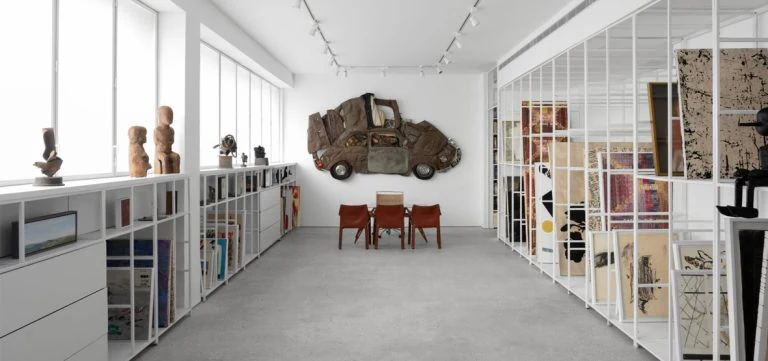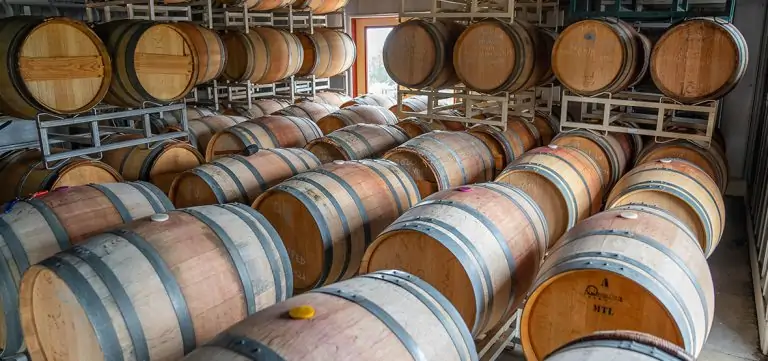La Mamilla Jerusalem: The History of a Business and Shopping District
Today Mamilla, which connects the Jaffa Gate to the center of Jerusalem’s new city, is a well-known outdoor shopping and dining area. The cobblestone Alrov Mamilla Boulevard is lined with upscale shops of both local and international brands. And the restaurants and cafes along the bustling street are some of the best places for a drink or a meal with views of the Old City.
The Rise and Fall of La Mamilla Jerusalem
But despite its modern flair, La Mamilla Jerusalem, like many places in the city, has a long and interesting history as a shopping and business district. It began in the late 1800s, when the commercial area around the Jaffa Gate began to spread West, with shops and stalls opening on this street that led to the gate.
By the time the British came to control Jerusalem in 1917, the La Mamilla was home to fashionable clothing shops, nice restaurants and even the Middle East’s first Cadillac dealership, as the automobile began to replace the horse and carriage. After continuing to thrive for a few more decades, the area was nearly destroyed in Israel’s War of Independence in 1948. As much of this area became a no-man’s land along the border that was established between Israel and Jordan and the end of the war, La Mamilla Jerusalem fell into further disrepair.
The Modern Development of La Mamilla Jerusalem
The area once again became part of Israel following the 1967 War. And the city began a decades-long quest to revive the La Mamilla Jerusalem shopping, dining and entertainment area. In 1972, one of Israel’s most famous architects, Moshe Safdie, was commissioned to design a plan to rebuild La Mamilla Jerusalem. Born in Haifa, Safdie also spent a large part of his career in the United States and Canada, and has designed buildings all over the world, including Canada’s National Gallery, Harvard University’s Hillel center and a resort in Singapore.
Mamilla is part of Safdie’s significant contribution to the design of Jerusalem, which also includes large parts of the Jewish Quarter in the Old City.
From the beginning, Safdie’s plan focused on mixing the new with the old. And although it took more than three decades, with work slowed by bureaucracy and conflicts, before Mamilla opened in 2007, that is indeed what Safdie accomplished. The builders aimed to re-use parts of once-grand but crumbled buildings. One of the most famous examples of this is the Stern House, an Ottoman-era building in which Thoedore Herzl once stayed. Today, the building’s stones still contain the numbers that helped builders reconstruct it to its original form.
Another reconstructed building is the Clark House, built by Herbert Edgar Clark, who came to Ottoman-ruled Palestine in the late 1800s from the United States at the age of 9 with his devoutly Christian parents. Clark went on to run a branch of the travel agency Thomas Cook. Eventually. Today, this building is home to Luciana Italian restaurant and other shops, but still bears the original design, including rows of red stones, arches and marble flooring.
Next time you walk through La Mamilla Jerusalem, you should keep your eye out for these reconstructed original buildings even as you enjoy the modern-day offerings of this special part of the city that is truly a blend of old and new.


